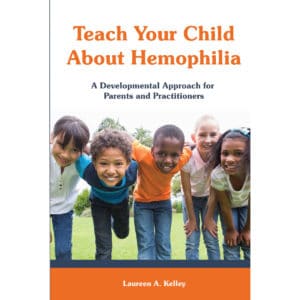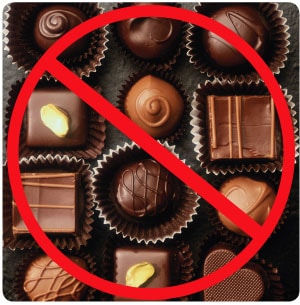Have a (Healthy) Heart!

Today is Valentine’s Day, a day associated with celebrating love, affection and romance. The symbol of Valentine’s Day? A heart. Well, not an anatomical heart, but a rendering of it. The symbol we use now was popular as far back as the Middle Ages, and was popular during the Renaissance, as seen in art depicting the Sacred Heart of Jesus. By the 18th century, it was being used in Valentine Day cards. The origins of St. Valentine’s Day (to be specific) are found in Christian and even Roman tradition.
The heart is often associated with feelings: we describe someone as being “all heart,” having a “big heart,” or being “heartless.” Young children, often unaware of the contents of their own bodies, can still draw a heart (and a stomach!) when asked to draw what’s inside of them. Feeling the heart beat, they know they are alive. (Feeling their stomach hurt, they know they are hungry) Seeing themselves bleed, they worry, mainly about their heart not working. They learn that the heart pumps blood; when they see a bleed, they may fear bleeding to death. Especially if they have hemophilia!

So we have to be careful when we educate our children about their heart, blood and hemophilia. My book Teach Your Child about Hemophilia will help! (Order here)
And the heart has an interesting connection in hemophilia beyond making our blood travel about the body. Sarah Aldrich reported in HemAware, the magazine of the National Hemophilia Foundation, that in a six-state study of more than 3,400 men with hemophilia, CDC investigators found that after HIV and intracranial bleeds, the third most common cause of death was heart disease. This was comparable to nonhemophilic men. Hemophilia does not give you a Valentine’s Day get-out-of-jail-free card just for having hemophilia!

Subsequent studies confirmed this. Atherosclerosis, coronary artery disease… all show up in older men with hemophilia. Unlike hemophilia, these are linked to lifestyle. Stress, diet, smoking and obesity surely have a negative impact on heart health.
Be nice to you heart on Valentine’s Day. Refuse the chocolate! (I did) Start thinking of ways to exercise safely; eliminate high sodium and processed foods; cut down on alcohol; stop smoking. Especially stop smoking! And for your little ones with hemophilia, learn how they understand how the body works. It might be quite different than what you think! When they give you a Valentine’s Day card, it might be a good idea to get a conversation going about hearts, health and hemophilia!
Happy Valentine’s Day!
https://hemaware.org/life/heart-health-and-hemophilia 2.6.13

